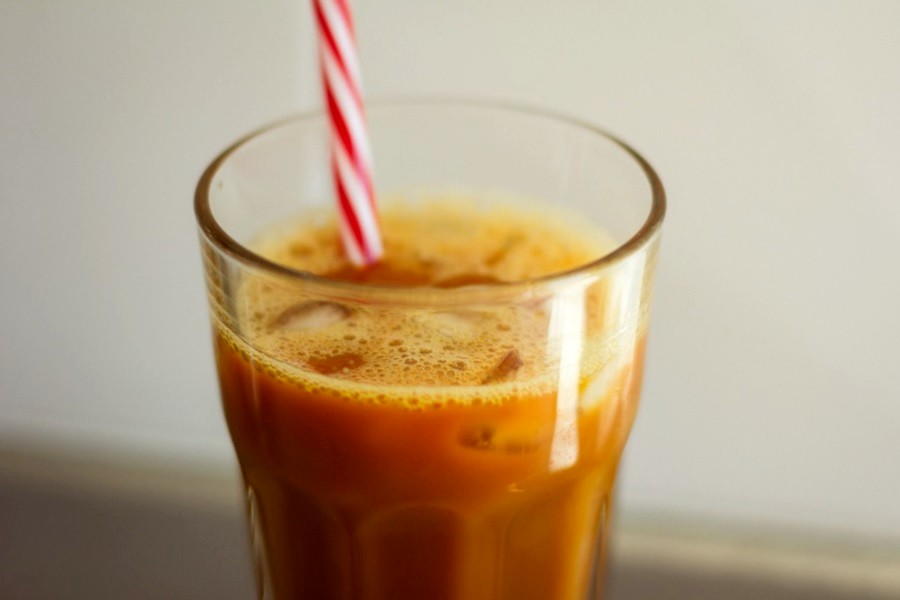 Food banks distribute a lot of food.
Food banks distribute a lot of food.
The Feeding America network of food banks has distributed more than 4 billion meals to our neighbors since the beginning of the COVID pandemic.
As we continue the fight against hunger in the United States, food banks will need to provide millions of more meals to meet the increased need.
But, where do food banks get all that food and what can you do to help?
From individual food drives to farmers, as well as federal programs, there are three main ways food banks get food to feed their communities.
1. Food is donated to food banks
Most of the food that reaches struggling families is donated to food banks by people, businesses, and farmers. Food donations can come from:
- Food drives. An important source of high-quality, shelf-stable items, food drives provide flexibility for food banks as the food received can be distributed immediately or stored until needed. Food drives are started by individuals, families, church groups, companies, businesses, and more.
- Farmers. Many food banks have relationships with local farmers – from small urban gardens to sprawling rural operations – which donate a portion of their crop to the food bank. These donations help food banks provide healthy foods to our neighbors who may not otherwise have access to fresh produce. These relationships are also a critical part of fighting food waste by providing farmers and growers with an option to donate excess produce.
- Companies and local businesses. Large and small food businesses, restaurants, and bakeries donate food to food banks. These donations can be big – a truckload of milk – or smaller – a few boxes of extra bread from a local bakery. Donations from these groups include everything from dairy products to canned goods or even meat products.
Want to make a food donation to your local food bank? Check out what’s best to donate and what you should avoid.
2. Food banks purchase food
Sometimes, food banks may purchase the items their neighbors need but aren’t donated regularly, such as fresh produce and dairy. In many cases, food banks purchase this food at much lower prices than what we spend at the grocery store so donated dollars can turn into more meals.
Purchasing also means food banks can be flexible to address needs specific to their communities like culturally or medically specific diets.
Find your local food bank and make a monetary donation now to ensure they have the support needed to provide food for our neighbors facing hunger throughout the year.
3. Food banks receive food from federal programs
The United States Department of Agriculture (USDA) provides billions of meals to our neighbors facing hunger each year. The USDA purchases food from farmers and provides the food to food banks for distribution in their communities.
The USDA’s programs are one of the most reliable sources of food for food banks, providing 1.7 billion meals in 2020.
Unfortunately, food banks could lose 50% of the food – or 850 million meals – from the USDA in early 2021.
At a time when so many people are facing hunger, any decrease in food support to food banks will be devastating.
Want to get involved? Tell your members of Congress that food banks need an increase in USDA food to help our neighbors facing hunger.
Become a Harlem Insider!
By submitting this form, you are consenting to receive marketing emails from: Harlem World Magazine, 2521 1/2 west 42nd street, Los Angeles, CA, 90008, https://www.harlemworldmagazine.com. You can revoke your consent to receive emails at any time by using the SafeUnsubscribe® link, found at the bottom of every email. Emails are serviced by Constant Contact








